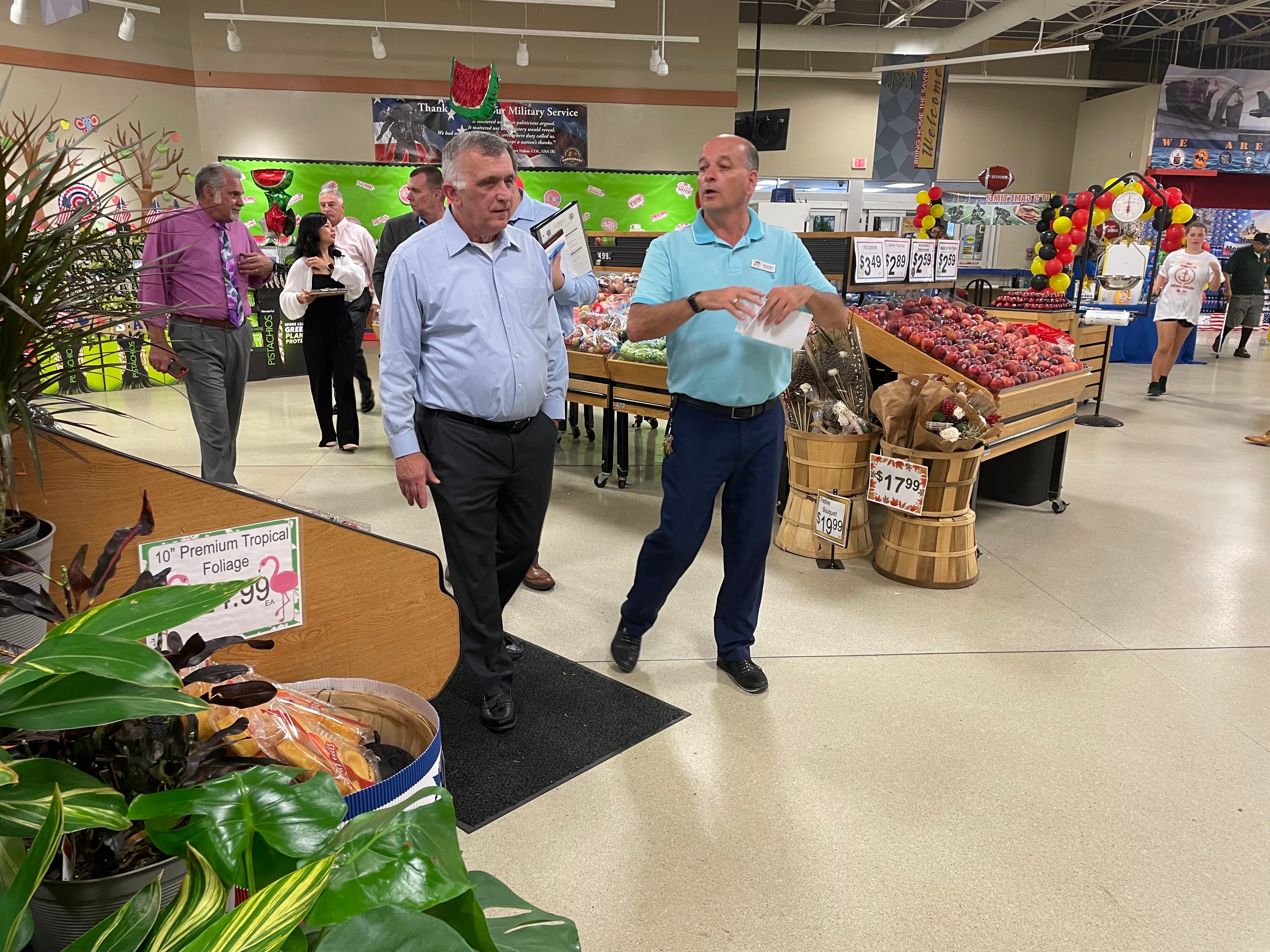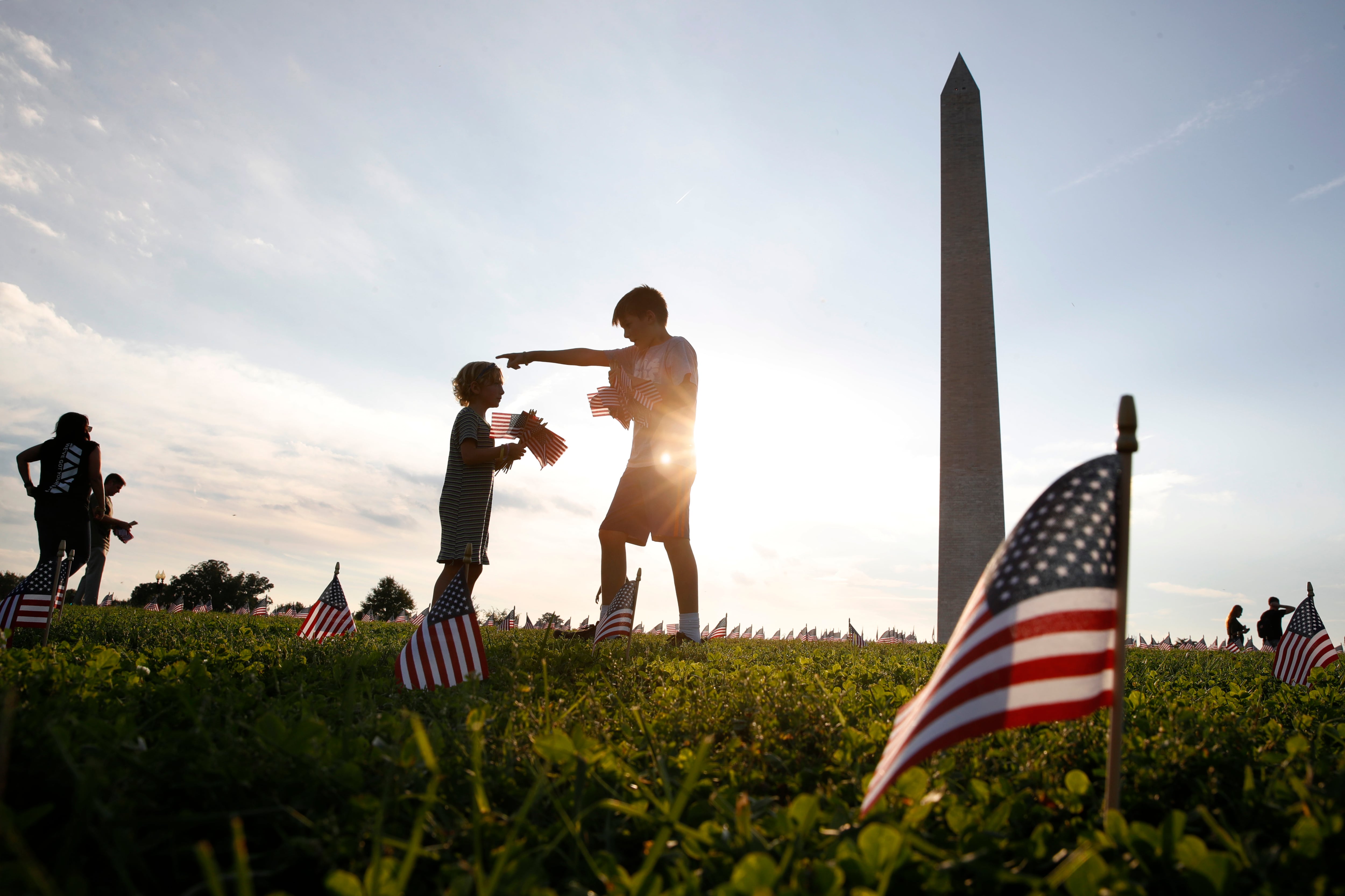Editor's note: After a recent Army.mil piece on chaplains participating in the Special Forces Qualification Course, Army Times solicited viewpoints on the training. Click here to read an opposing view.
As a retired chaplain who served multiple combat tours in the Army and Air Force, having earned two Bronze Star Medals (one with a combat "V"), I have been engaged in various missions that brought myself and fellow service members under fire. I can say that in those instances, I have not had the need for a weapon as part of offensive or defensive operations.
This issue came up recently in a piece on the Army's website in which chaplains who completed the Special Forces Qualification Course stated their thoughts on the benefits of such training, which includes handling weapons. They justified the training by saying that experiencing time in the trenches with special operations personnel would benefit their efforts to understand and support such operators.
While I understand the need to be in the actual training area, what sets chaplains aside is that we are called for a different purpose. Service members expect this different purpose, not another "Joe" in the trenches. I've seen things from that perspective, too, having served as an enlisted airman before becoming a chaplain.
I would like to break this down on a practical level and not include the Geneva Conventions, Law of Armed Conflict or historical precedence. Let's look at this from the perspective of military operations in a combat environment: A chaplain has this special role in these operations, which includes advising command on issues of morale, improving unit cohesion, serving as the liaison with combined operations chaplains, providing the impact potential for indigenous religious practices, and working with religious leaders in the area of operations. In this role, a chaplain stands out for not having a weapon.The military members also recognize quickly a chaplain for the exact same reason.
I enjoy shooting a weapon for sporting purposes, and my time in service before becoming a chaplain always involved a weapons-intensive environment, whether it be law enforcement, including artillery and infantry experience. However, using a weapon as a chaplain in the field changes our role of bringing a calming presence in a chaotic environment.

Retired Chaplain (Col.) Quentin Collins
Photo Credit: Submitted photo
The real support takes place when chaplains ask the best way they can help, or just them being there when soldiers want to talk.
Chaplains are permitted to engage in combatives training, and there is a place for hand-to-hand combat, but if a chaplain is in a position to use a weapon on the battlefield, then there is a much bigger issue at hand.
Retired Chaplain (Col.) Quentin Collins served 32 years in uniform, with deployments to both Iraq and Afghanistan. Stateside duties included family support initiatives and serving wounded warriors, as well as serving as manager for the Army National Guard's Strong Bonds program. He now serves on the advisory board of the Military Religious Freedom Foundation.





